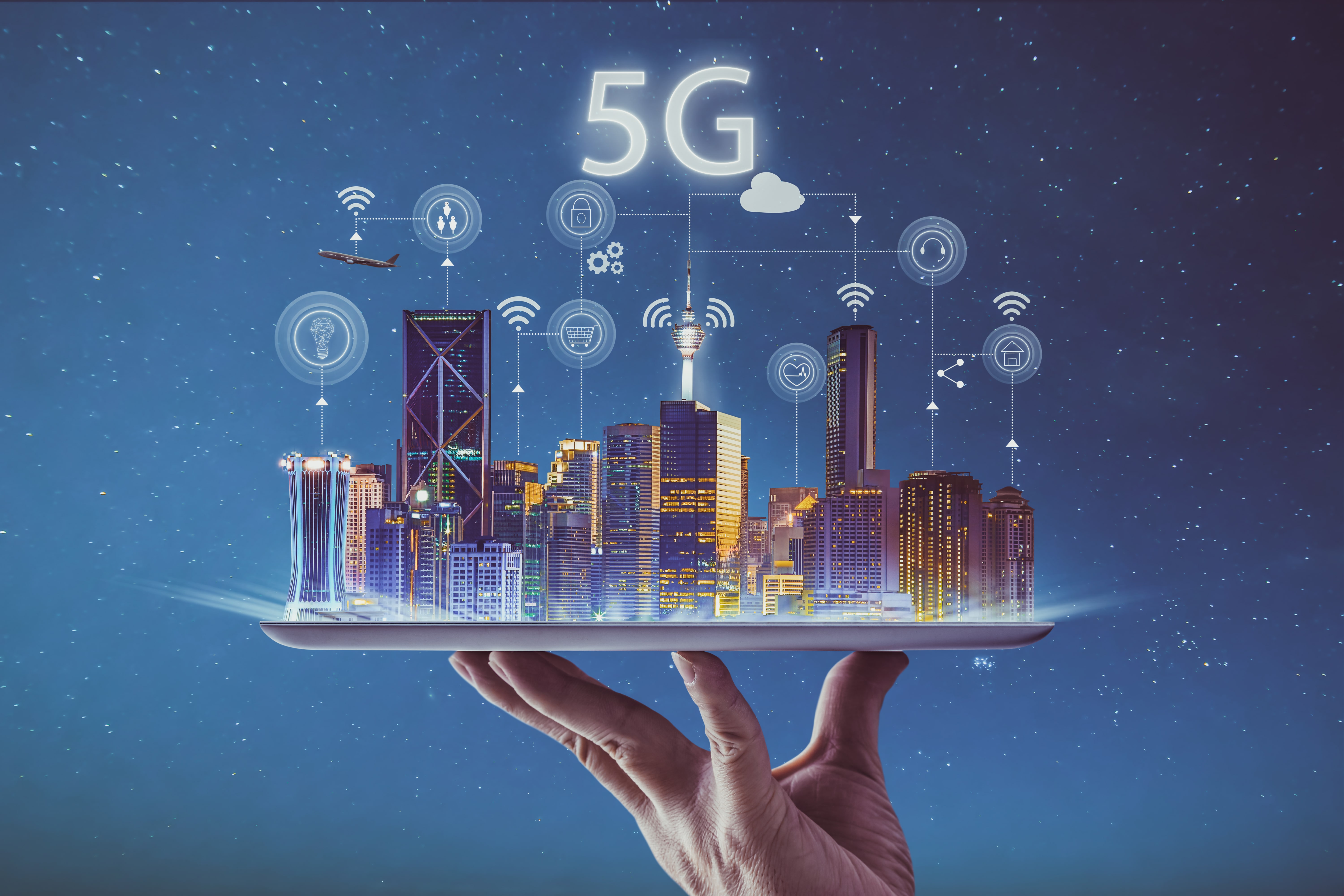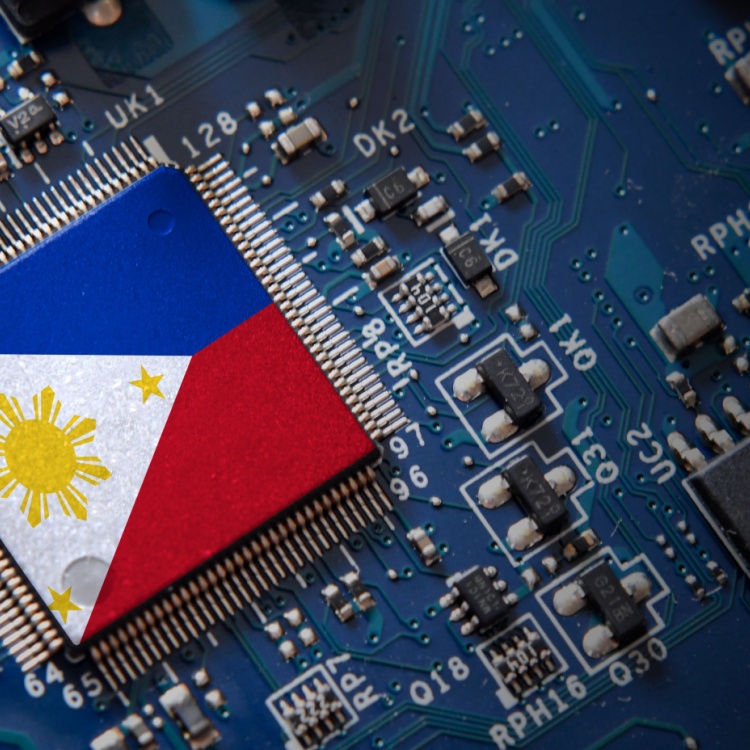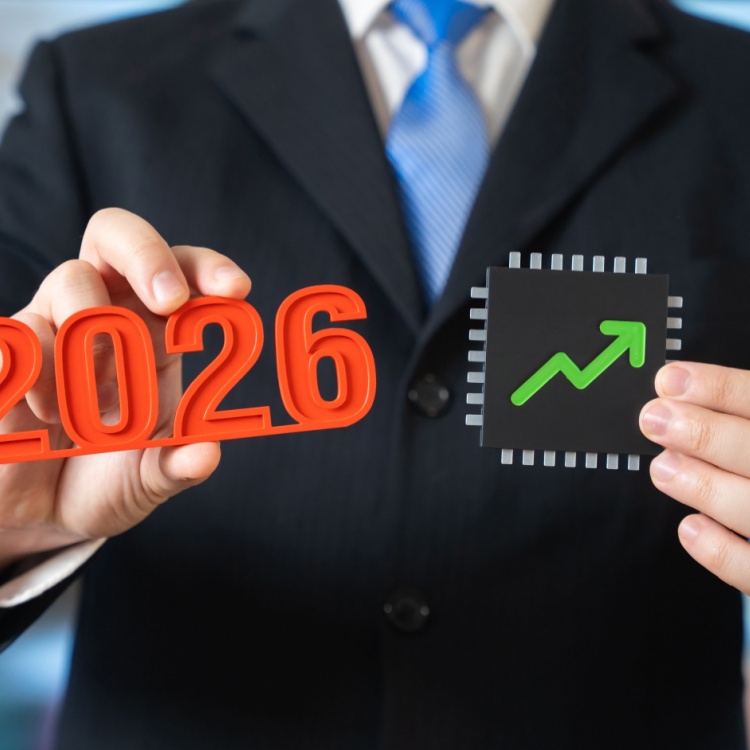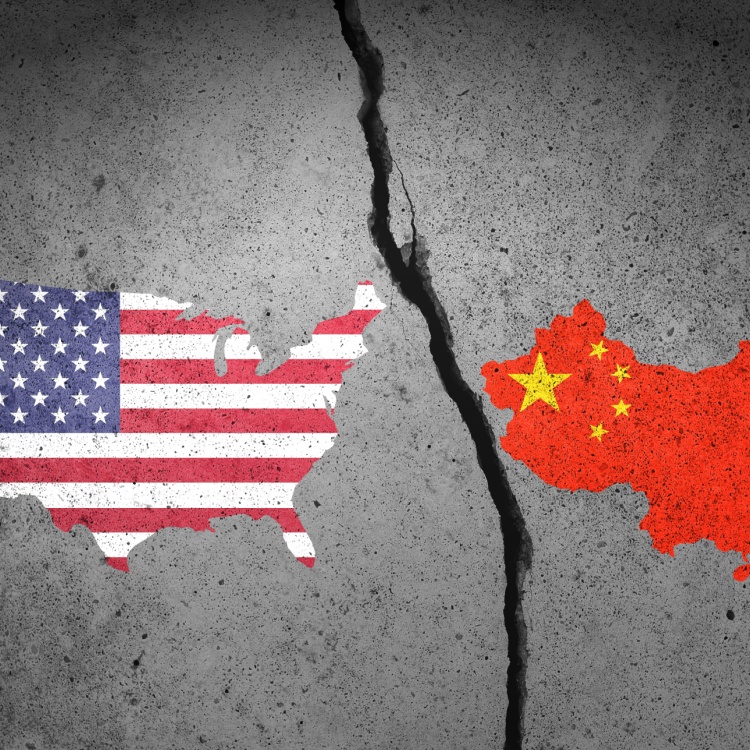How 5G will Power Our Post-Pandemic World

From smart cities and smart factories to remote healthcare and digital financial services, here’s how 5G can improve the way industries operate and consumers live.
The pandemic accelerated digital transformation. 5G may be the technology that unlocks the vast potential of digitalization around the world. Promising high speeds, low latency, massive connectivity, and ultra-reliability--all with reduced energy use--5G can revolutionize industries that are crucial to how we live.
In this article, we take a look at the global economic impact of 5G in five industries: healthcare, smart utilities, consumer media, industrial manufacturing, and financial services. These five industries have been identified as the ones that will benefit the most from 5G.
How can 5G improve how these services are delivered to consumers? What issues or challenges do these industries face, and how can 5G-enabled technology or innovations address these issues?
The global economic impact of 5G
As telecom companies focus on infrastructure and rollout, 5G’s contribution to economic growth may be modest for the next five years. But starting 2025, PwC projects that these investments will energize the global economy as 5G-enabled applications become more prevalent.

Total impact US$1.3tn
Source: PwC
Let’s take a closer look at how 5G will impact these industries, unlocking opportunities for growth, innovation, and increased productivity.
A connected and collaborative healthcare ecosystem will enable healthcare providers to deliver “4P” medicine: predictive, preventative, personalized, and participatory.
Real-time data storage and exchange
According to the New England Journal of Medicine, the healthcare industry is responsible for as much as 30% of the world’s stored data. Unlike past technology, 5G will allow healthcare institutions to capture, transfer, and manage vast amounts of data in real time. This will include high-resolution video in telehealth appointments, as well as large imaging files such as MRIs. 5G technology will facilitate real-time consultations and decision-making, especially in emergencies.
With access to real-time sensor data on a patient’s vital signs and other health alerts, medical professionals can better predict patient risks. This will result in fewer and shorter hospital stays.
Empowered patients
Market researchers predict that five million individuals will be using healthcare wearables by 2023, with the healthcare industry spending USD20 billion annually on remote patient monitoring devices and health trackers by that year. With 5G enabling faster sharing and processing of complex data, patients will be able to collaborate more closely with their physicians and take a more active role in their health journey.
Home-based rehabilitation will be a richer, more productive experience, enabled by virtual reality (VR), video consultations, and real-time monitoring of patient health data.
Improved access in far-flung areas
The World Health Organization (WHO) estimates a global shortage of 18 million health workers by 2030. The United States will face a shortage of up to 139,000 physicians by 2033.
We’ve seen how the pandemic accelerated telehealth around the world. The increased speed, greater connectivity, and low latency that 5G offers could take telehealth to the next level. Patients who live in remote areas, lack transportation, or are too sick to travel can use telehealth services from the comfort of their homes. Physicians will have access to real-time patient data across health networks, enabling them to make more informed decisions.
The speed and data capacity of 5G could also enable remote care and treatment, removing borders in health care. In 2019, China successfully tested the world’s first remote-surgery equipment using 5G.
Here’s a video of the surgery.
Cutting-edge technologies powered by 5G can improve the speed, responsiveness, and efficiency of utilities management. This will enable service providers to improve their operations. It could also pave the way for smart cities, utilizing data and technology to make cities cleaner, greener, and more efficient.
Boost smart metering
Smart meters are already being used, but with 5G, they will become more widespread. As it makes energy consumption more visible, customers can see when and how much energy they are using. This will help them make better choices about energy usage and avoid overspending.
With an advanced metering infrastructure (AMI) that incorporates smart metering, data management systems, and communication networks, utility providers will gain insights into customer usage. This data will help utility providers improve service delivery, identify and isolate outages, and detect energy theft.
Improved waste management
Intelligent monitoring with 5G can make garbage collection more efficient. Sensors in garbage bins that identify the type and amount of waste can optimize garbage collection routes. With pay-as-you-throw (PAYT) digital tracking, customers are charged for solid waste disposal. This technology can reduce the volume of solid waste per capita by 10% to 20%.
Reduced water leakage
With aging infrastructure, water leakage is a common occurrence. Real-time monitoring of water pipes can address this issue. Smart water sensors and management systems powered by 5G can also detect water pollution and contamination. Such sensors and data analytics can reduce water loss by up to 25%--significant gains for such a valuable resource.
Drones for visual inspections
Utilities currently use drones to inspect equipment and assets. With 5G, drones can go beyond visual range, enabling operators to better assess equipment. Drones are also a smaller, more affordable option for inspections than helicopters, especially for areas that may be difficult to access.
Because of the pandemic, people around the world have been working, studying, shopping, and entertaining themselves online. When this global health crisis is finally over, this shift to mobile shopping and entertainment is likely to stay.
Real-time marketing and customer relations
5G-enabled customer data and AI analytics will enable customized sales and marketing efforts. Companies can send more personalized ads and offers to a consumer’s mobile device--even before they leave the store.
Augmented and virtual reality for shopping
Imagine seeing yourself in an outfit without entering a fitting room, or seeing how a piece of furniture might look in your living room in real-time. With 5G’s ultra-low latency, it could soon be a reality.
Online gaming and OTT media
With 5G, high-speed mobile data will give consumers better and faster access to more online content. OTT content streaming will increase, providing consumers with high-definition video streaming. With online or cloud gaming delivered over 5G, gamers will enjoy more immersive gaming experiences.
The fast data speed, low latency, and high bandwidth of 5G will increase the productivity, agility, and speed of manufacturing. The ultra-reliability of 5G connectivity ensures the continuous execution of business-critical missions, with factory systems reacting in real time.
Production optimization
5G offers mMTC (massive Machine Type Communications), which allows for one million connected smart sensors and devices per square kilometer--all without overloading the network.
Gathering real-time data from machines, inventory, and production, companies can make in-depth analyses of their production patterns. As a result, they can optimize their production cycle and reduce waste.
Supply chain integration
From procurement to distribution, 5G can help companies achieve better visibility across their supply chain. Instead of manually tracking and tracing products, logistics companies can use 5G to automatically label, track, and record all shipments, minimizing issues such as lost cargo or misplaced containers.
With 5G’s high-speed network, inventory and warehouse management can be more transparent and efficient. Companies can optimize critical processes and deploy autonomous transport vehicles. With 5G networking integrated into factory tools, companies can quickly replenish supplies and parts, minimizing delays and increasing efficiency.
The modular factory
5G technology will enable higher flexibility, lower cost, and shorten lead times for production reconfiguration. Robots and tools can be repurposed quickly, enabling mass customization and improving efficiency.
From Europe to Asia, factory trials are being conducted to evaluate the benefits of 5G in industrial manufacturing. In Singapore, the Infocomm Media Development Authority (IMDA) has partnered with IBM, M1, and Samsung to run smart factory trials.
Here’s a video report by Channel News Asia on the Singapore 5G factory trials.
Because of the pandemic, mobile banking became the norm for many customers around the world. This shift in consumer behavior, combined with 5G, can create opportunities for financial services to build safe, fast, and convenient virtual transactions.
Improved customer experience
The speed of 5G networks will enable financial institutions to perform complex processes and transactions much faster. This will minimize waiting times and remove bottlenecks. From credit checks to money transfers to loan applications, the customer experience will become faster and simpler. Upgrading kiosks and ATMs to 5G will deliver faster service as well, giving clients access to their money when and how they want it. With mobile banking and 5G, customers in rural areas will have better access to banking services, even if they do not live near a bank branch.
More efficient apps and websites
With most data stored in the cloud, customers will be able to use apps and websites faster and more seamlessly. Financial institutions can incorporate AR and VR technologies in their websites to better explain the features of their products and services.
Pop-up branches
Financial institutions can extend their reach with pop-up branches, providing a complete branch experience at temporary locations like sporting events, music festivals, and disaster-affected areas.
Improved security and reduced fraud
Faster data processing and verification will help banks detect fraudulent transactions more quickly. Facial recognition to verify a customer’s identity when using ATMs and other devices will reduce the risk of fraud.
Other Blog










